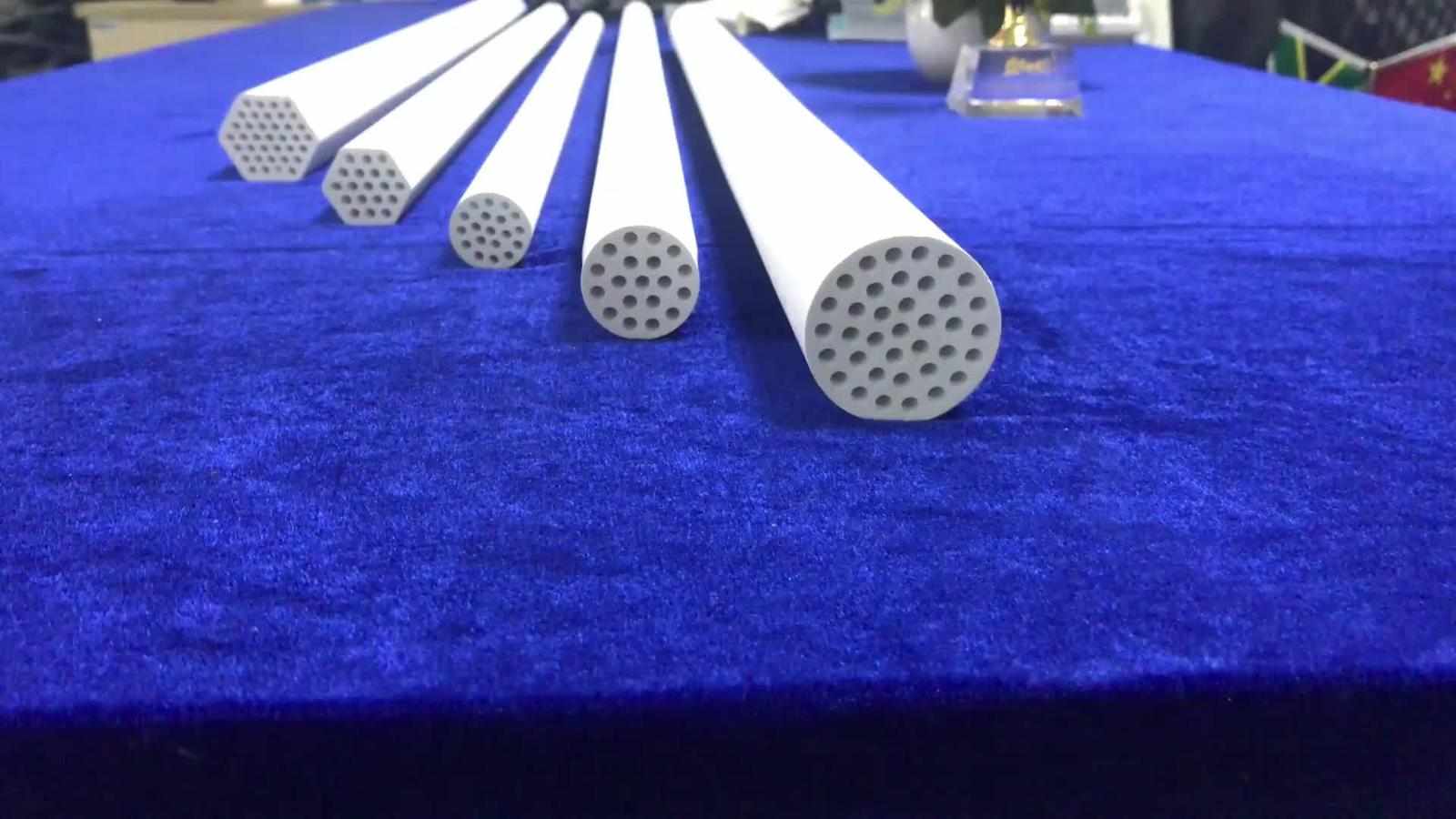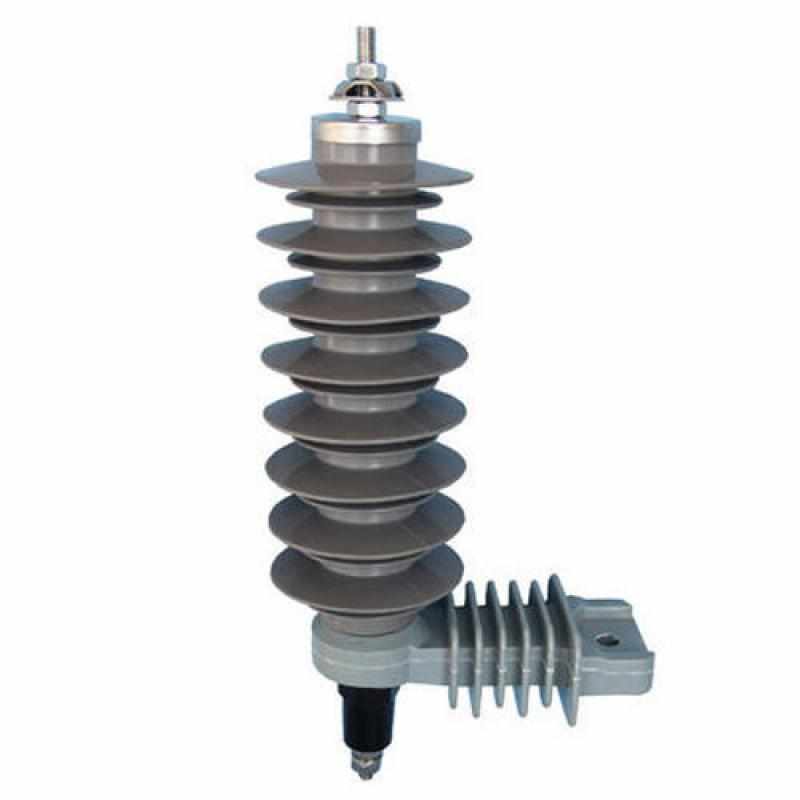
Spinal osteosynthesis units are medical devices used to stabilize and immobilize spinal column fractures caused due to trauma or deformities. These devices such as spinal rods, plates, screws, and hooks help in spinal fusion by facilitating healing and bony regrowth. Robotic spine surgery utilizes computer-assisted devices and techniques to assist spine surgeons during complex spinal procedures. It allows for minimally invasive surgery with improved accuracy, flexibility, visualization, and reduced risks of complications compared to open/traditional surgeries.
The Spinal Osteosynthesis Units Market is estimated to be valued at USD 10.25 billion in 2024 and is expected to reach USD 19.50 billion by 2031, growing at a compound annual growth rate (CAGR) of 8.2% from 2024 to 2031.
Key players operating in the spinal osteosynthesis units market are Medtronic, DePuy Synthes, Stryker, Zimmer, Biomet, Globus Medical, and Nuvasive.
Rising prevalence of spinal disorders such as degenerative disc disease, spinal stenosis, and spondylolisthesis due to obesity, increased time spent sitting, and aging population is fueling demand for Spine Osteosynthesis Units Market globally.
Technological advancements such as robotic surgery systems, 3D printing, and navigated screw placement are helping surgeons perform complex spinal fusion procedures with improved accuracy and reduced risks. This is boosting adoption of computer-assisted spinal fusion devices.
Market Trends
- Growing preference for minimally invasive spine surgeries (MISS) over open procedures is driving demand for novel spinal fixation devices compatible with MIS techniques. Key players are developing specialized MIS sets and navigated systems for improved outcomes.
- Adoption of 3D printing and bioresorbable materials in developing personalized spinal implants tailored to unique anatomy of each patient. This is improving surgical outcomes.
Market Opportunities
- Untapped potential in emerging nations of Asia Pacific and Latin America due to growing burden of spine disorders and increasing healthcare expenditure on surgical treatments.
- Development of robotic systems with integrated AI, VR, and augmented feedback for autonomous spine surgeries can revolutionize treatment of complex spinal deformities and fractures.
Impact of COVID-19 on Spinal Osteosynthesis Units Market Growth
The COVID-19 pandemic has impacted the growth of spinal osteosynthesis units market. During the initial phase of the pandemic in 2020, the market experienced a declined growth rate as most of the elective surgeries and non-emergency procedures were either postponed or cancelled. This was done to prevent the spread of the virus and also to prioritize the treatment of COVID-19 patients. However, the demand for spinal osteosynthesis units increased for the treatment of trauma and accident cases. With growing understanding of the disease, the market is witnessing steady recovery in 2021 as several countries are gradually lifting the lockdown restrictions and healthcare systems are focusing on routine surgical procedures and treatments along with COVID-19 management.
The key challenge being faced by market players is maintaining an uninterrupted supply chain of raw materials and components due to disruptions caused during the peak phase of the pandemic. The implementation of safety guidelines and preventive measures across facilities is supporting in minimizing the risk of virus spread. In the post-COVID scenario, the demand is projected to rise steadily supported by growing aging population, rise in spine disorders, and technological advancements in spinal fusion surgery. However, the full recovery of market to pre-COVID levels may take 1-2 years depending on how quickly the pandemic situation comes under control globally.
Geographical Regions with Highest Market Concentration in Terms of Value
In terms of value, North America dominates the global spinal osteosynthesis units market holding around 40% share, followed by Europe and Asia Pacific. The key factors attributed to high market concentration in North America include well-developed healthcare infrastructure, rising prevalence of lifestyle diseases impacting spine health, growing obese population undergoing bariatric surgery, and presence of major market players. The United States represents the largest market in the region supported by availability of advanced treatment options and facilities for spine disorders management.
Fastest Growing Geographical Region for Spinal Osteosynthesis Units Market
Asia Pacific is poised to be the fastest growing region during the forecast period in the global spinal osteosynthesis units market. This is attributed to factors such as improving healthcare infrastructures, increasing medical tourism, growing awareness about spine care, rising standard of living supporting better access to healthcare, and surging geriatric population base prone to develop spine disorders. Moreover, high prevalence of road accidents and other trauma cases demanding spine surgeries are fueling the demand. Countries like India, China, and Japan will majorly drive the market growth in Asia Pacific.
Get more insights on - Spinal Osteosynthesis Units Market
Get this Report in Japanese Language: 脊椎骨接合ユニット市場
Get this Report in Korean Language: 척추 골유합 장치 시장
About Author:
Ravina Pandya, Content Writer, has a strong foothold in the market research industry. She specializes in writing well-researched articles from different industries, including food and beverages, information and technology, healthcare, chemical and materials, etc. (https://www.linkedin.com/in/ravina-pandya-1a3984191)




















Write a comment ...